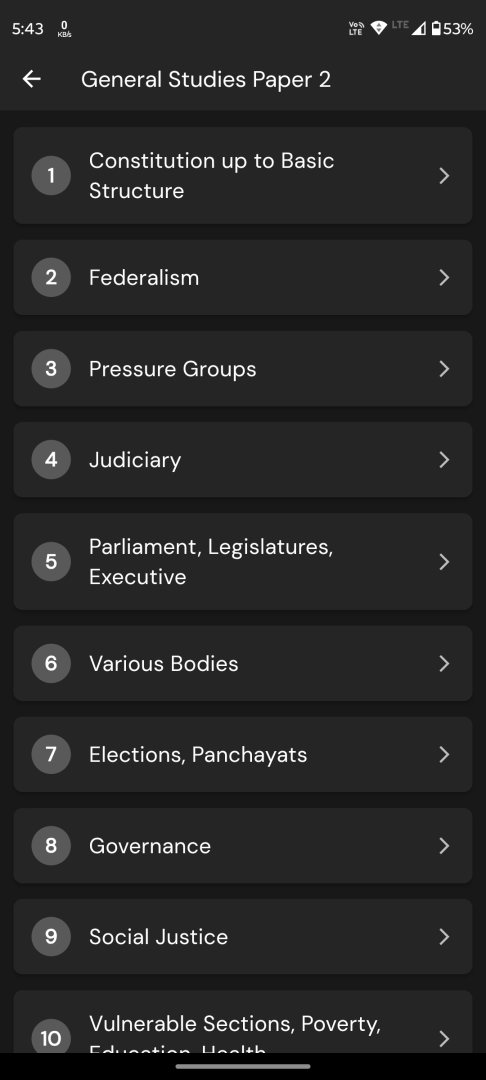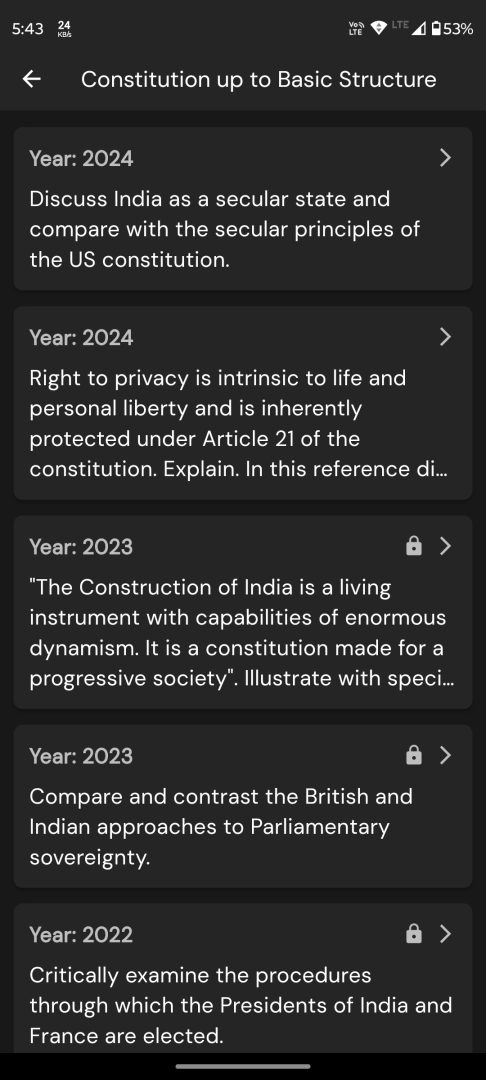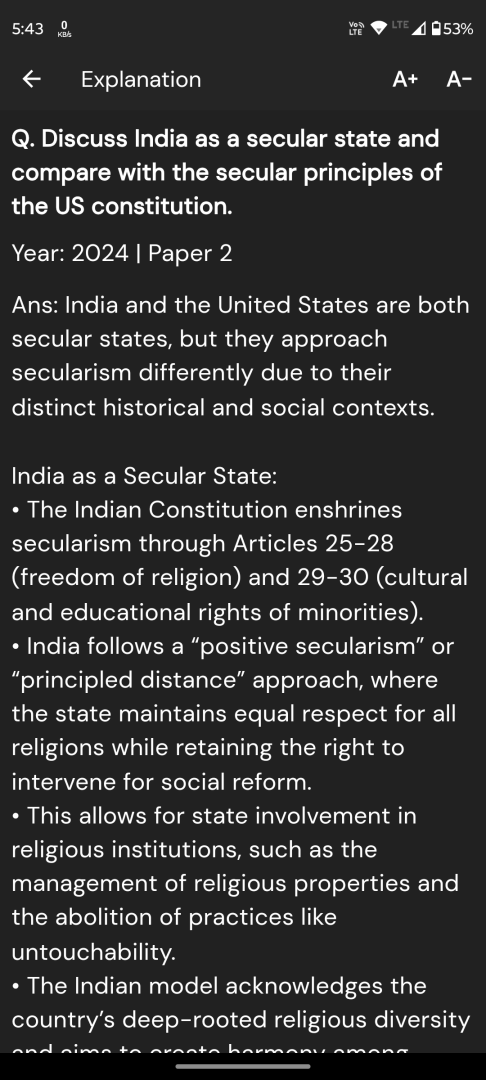Q. Why is maritime security vital to protect India’s sea trade? Discuss maritime and coastal security challenges and the way forward.
UPSC Mains 2025 GS3 Paper
Model Answer:
Maritime security forms the bedrock of India’s economic prosperity, with over 90% of trade by volume and 75% by value conducted through sea routes. India’s 7,500 km coastline and strategic location in the Indian Ocean Region make secure Sea Lanes of Communication (SLOCs) indispensable for uninterrupted flow of energy resources, raw materials, and finished goods. Additionally, maritime security protects India’s blue economy aspirations, including fisheries and polymetallic nodules, while ensuring energy security through crude oil imports.
Maritime and Coastal Security Challenges
India faces multifaceted threats to its maritime domain:
Traditional Security Threats:
• Maritime terrorism – The 2008 Mumbai attacks exposed coastal vulnerabilities, with continued threats to ports and critical infrastructure
• Piracy and armed robbery – Gulf of Aden and Malacca Straits remain hotspots, disrupting trade and endangering seafarers
• Geopolitical tensions – China’s “String of Pearls” strategy challenges India’s maritime interests
• Unsettled boundaries – Sir Creek dispute with Pakistan creates persistent tensions
Non-Traditional Threats:
• Smuggling and trafficking – Narcotics, arms, and human trafficking through porous borders (Sundarbans delta, Palk Strait)
• IUU fishing – Depletes marine resources while vessels enable illicit activities
• Cybersecurity threats – Digital port infrastructure vulnerable to disruptions
Way Forward
Technological Enhancement:
The National Command Control Communication and Intelligence Network (NC3I) integrates real-time maritime data. Investment in coastal radars, automatic identification systems, and unmanned aerial vehicles strengthens surveillance capabilities.
Institutional Coordination:
The National Committee for Strengthening Maritime and Coastal Security (NCSMCS) ensures inter-agency coordination. The three-tiered security grid (Navy-Coast Guard-Marine Police) enables joint patrolling.
Regional Cooperation:
India’s SAGAR doctrine promotes collaboration through Indian Ocean Naval Symposium (IONS) and joint exercises like MALABAR. Information sharing and capacity building with IOR nations enhance collective security.
Community Participation:
Fishing communities serve as “eyes and ears” through biometric ID cards and interaction programs, strengthening coastal vigilance.
Conclusion: Maritime security remains indispensable for India’s $5 trillion economy vision and regional leadership aspirations.




